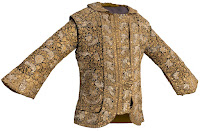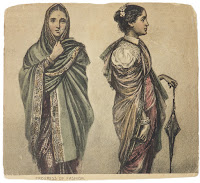 |
| Nelson Mandela, photograph by Andrew Zuckerman, copyright Nelson R. Mandela, from the collection of: Nelson Mandela Foundation |
To commemorate this day, The Nelson Mandela Foundation and Google Arts & Culture have collaborated to launch a digital project allowing everyone to be inspired by Madiba’s life and legacy at g.co/longwalktofreedom. As one of the first partners to launch on Google Arts & Culture in 2012, we showcase our joint commitment towards preserving Madiba’s legacy and sharing it online with everyone, everywhere. By harnessing the power of technology, we invite you to join Madiba's journey through over 1000 high resolution photographs and videos, over thirty digital stories and two virtual tours with Street View.
 |
| Nelson Mandela walks out of the gates of Victor Verster prison, 11 February 1990, photograph by Gideon Mendel / Courtesy of ARTCO Gallery, from the collection of the Nelson Mandela Foundation |
As you’re exploring Madiba's life and legacy and how he has influenced many people alive today, be sure to step into the Cape Town City Hall in VR. Take a few moments to reflect on where you are today, and what you want to create for the generations to come. As Madiba said “For to be free is not merely to cast off one's chains, but to live in a way that respects and enhances the freedom of others.”
Posted by Sello Hatang, Chief Executive, The Nelson Mandela Foundation and Fortune Mgwili-Sibanda, Google Policy Manager
| Nelson Mandela addresses spectators from the Balcony of the Town Hall, Cape Town, 11 February 1990, photograph by Leon Muller, from the collection of the Nelson Mandela Foundation |
Posted by Sello Hatang, Chief Executive, The Nelson Mandela Foundation and Fortune Mgwili-Sibanda, Google Policy Manager
====





